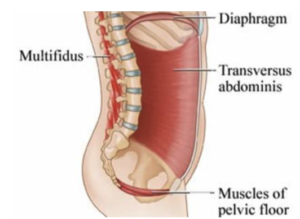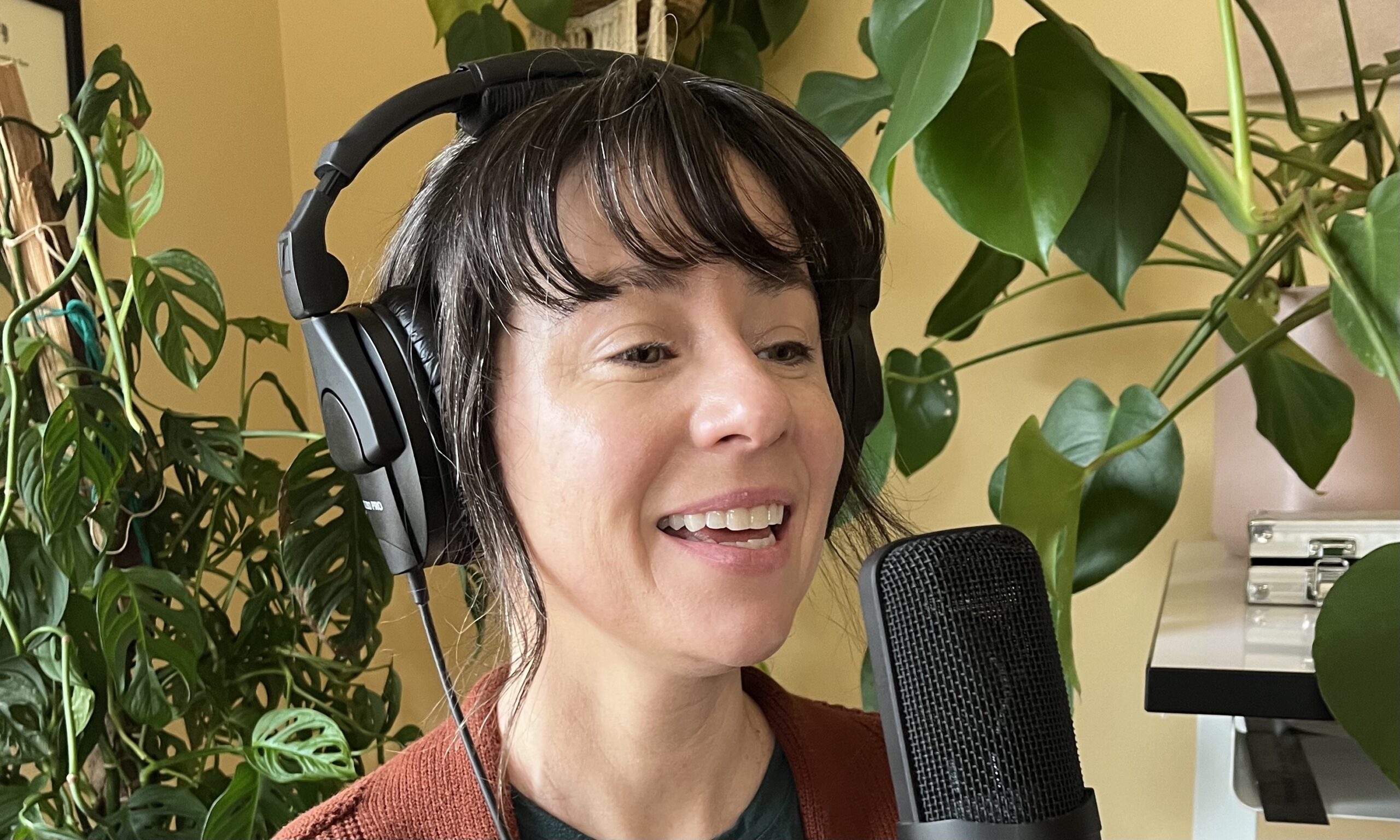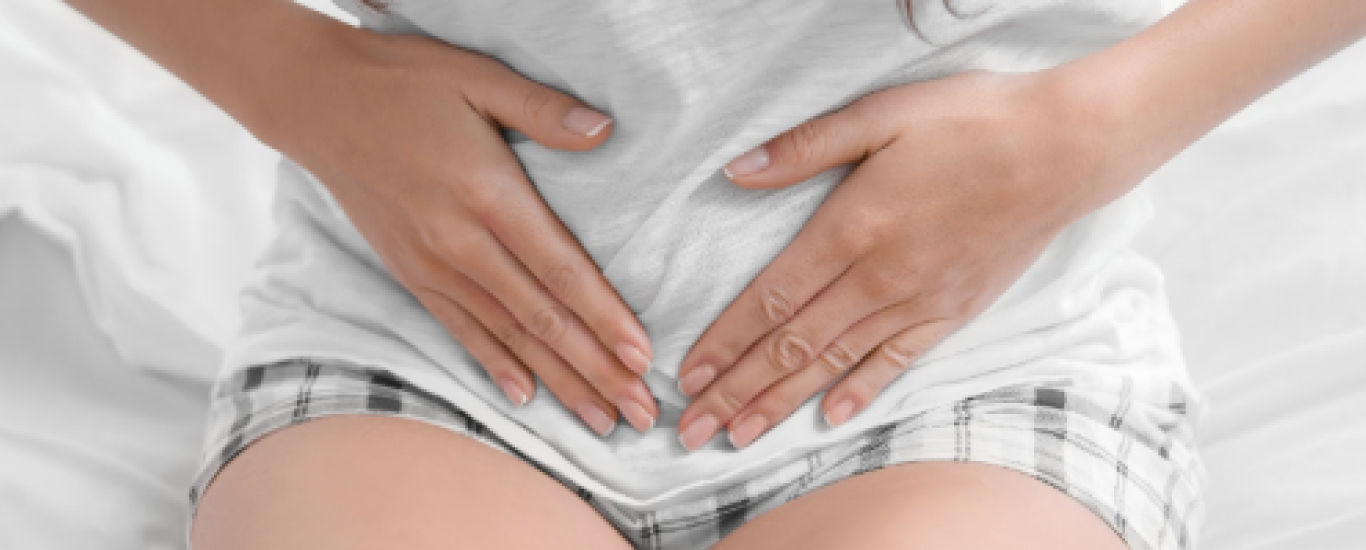If you’re over 35, maybe you’ve noticed you’re not getting the same results from your workout routine. It’s not your imagination. As you enter your 40’s and cruise through your 50’s, your body’s metabolism changes and so should your routine.
Regular exercise is particularly valuable to help minimize weight gain in midlife women. Aerobic and resistance exercises are both beneficial, and resistance-type exercise, such as strength training exercises, may be particularly helpful to improve lean body mass and body fat. In a randomized study of 107 postmenopausal women, resistance exercise plus calorie restriction resulted in greater losses in fat-mass parameters than did calorie restriction alone.
Aerobic physical activity on par with at least 30 minutes of brisk walking on most days of the week (≥150 min/wk) is recommended to help achieve an energy deficit. Higher levels of activity (200-300 min/wk) are recommended over the long term in order to prevent weight regain.
Strength and resistance training stimulate muscle production and may improve bone density.
Estrogen levels become more erratic in early perimenopause and drop lower and lower as we reach menopause. Testosterone can also drop at this time.
Estrogen appears to increase our resting metabolic rate, which helps us burn more calories at rest. Low estrogen can also make our body store fat more easily around our mid-section, which is worse for our health than storing fat in our butt and thighs. Testosterone helps us more easily build muscle mass when we work out and muscle mass helps us burn more calories at rest as well.
I want to introduce Deb Bowen of Bend Pilates, who will take us through the strength training exercises she recommends in the next sections:
Incorporating a Pilates approach to strength training is a fantastic way to build strength and support bone health as we age, in fact, it’s what I do for myself. Understanding how and why engaging your core properly is fundamental to maximizing the effectiveness of your exercises to support spinal stability, and prevent injury. Adding a weighted vest into your routine can further enhance these benefits by introducing additional resistance. This resistance is beneficial for bone density and balance, as it forces your body to adapt to the extra weight.
While exercise may improve bone strength and resistance to fracture in premenopausal women however, it does not improve bone strength or resistance to fracture among postmenopausal women who are not on HRT.
“Core” it’s such a buzz word but what exactly does it mean and how does one engage properly? The core includes not just the surface abdominal muscles but also deeper muscles, specifically pelvic floor, diaphragm, transverse abdominis, and multifidus, which we will focus on in the following exercise. Let’s start with the bones; finding a neutral pelvis is crucial for proper alignment and co-contraction of these deeper core muscles.
Finding a Neutral Pelvis
Understanding Neutral Pelvis: A neutral pelvis is achieved when the pelvis is in a position where the anterior superior iliac spines (the front hip bones) and the pubic symphysis (a joint in the front of the pelvis) are aligned in the same vertical plane.
How to Find It: Lie on your back with your knees bent and feet flat on the floor. Place your hands on your hips, with your fingertips touching the front hip bones and your thumbs on your lower back. Rock your pelvis forward and back slowly. Find the midpoint where your lower back is not overly arched nor flattened against the floor. This midpoint is your neutral pelvis position.

Engaging your core through breath
Breathing Technique: Proper engagement begins with diaphragmatic breathing. Inhale deeply through your nose, allowing your abdomen to expand without flaring your ribs excessively. Exhale slowly through your mouth…keep exhaling until you have squeezed all the air out of your lungs without moving bones other than through breath. Take note of your core engagement just through breath alone. Now add the thought of pelvic floor, transverse abdominis, diaphragm, and mutifidus. Big Inhale through your nose, the diaphragm engages and inflates the lungs. Exhale out your mouth while drawing the pelvic floor up and gently drawing your naval towards your spine (this does not mean pelvic tilt, you want to remain in a neutral pelvis position, maintaining your lumbar curve). This is a subtle engagement, not a forceful contraction. Visualize narrowing your waist from side to side. Transverse abdominis acts like a corset and supports your spine when engaged. Multifidus runs along the spine and provides stability, connecting one spinous process to the next vertebra’s transverse process. It engages subtly with the other core muscles. Try this gently without holding your breath or tensing the muscles of your glutes or thighs. These muscles co-contract when in a neutral pelvis position. Great way to practice is driving in a car. Find the headrest with the back of your head, breathe through your nose feeling your ribs expand back into your seat. Exhale all your air out your mouth, squeeze the air out of your lungs.
Practice Makes Perfect
Combine All Elements: Practicing these steps together helps to create a cohesive core engagement. Begin lying down to feel the muscles work without the added challenge of gravity. Progress to sitting, standing, and eventually moving exercises.
Mindfulness: Be mindful of maintaining a neutral pelvis and engaged core during exercises. This doesn’t mean holding your breath or tensing up but rather maintaining a controlled engagement connected to your breath. It may take some practice to coordinate these elements, but over time, it will become more intuitive and significantly enhance your strength exercises.
Now let’s get moving and incorporate core into every exercise.
Here are a few exercises adapted for use with a weighted vest, emphasizing core engagement to maximize your efficiency and get the most out of each repetition. Before initiating any movement, whether it’s a Pilates exercise or daily activity, ensure these core components are engaged. This foundational stability protects your spine, improves posture, and enhances the efficiency and effectiveness of your workout.
Squats
Combines the benefits of traditional squats with added resistance from a weighted vest, or actual weights. Squats strengthen quads, glutes, and core, while weight-bearing exercises improve bone density. Stand with feet slightly wider than hip-width apart. Inhale squat down as pelvic floor naturally widens, sit back into a chair, maintaining a neutral pelvis. Exhale zip up your core and press through your heels to return to standing. Progression add weight and try single leg or lunges for added balance work.
Plank
Planking is an effective exercise for core stabilization. Adding a weighted vest increases the intensity, and strengthens shoulders, chest, and core. To get more out of this send your focus up and down your body. Try reaching through your heels for a calve stretch, pull your quads up strong, engage glutes, inner thighs, always breath and exhale visualize your zipping up a pair of pants that’s way too tight. Organize your body and go back through your checklist, how can you get the most out of this plank. Modify by starting at forearms and knee down and progress to hands under shoulders and toes on ground, with your body in a straight line. Hold the position, ensuring your hips don’t sag or lift. Visualize pushing the floor away from you.
Resistance exercises, such as weightlifting or bodyweight exercises, can help maintain and even improve bone density and prevent excess visceral fat. Remember, consistency is key and it’s never too late to start or continue an exercise routine aimed at maintaining bone density, balance, and muscle mass. In short, to improve lean body mass, body fat, and bone health, regularly incorporate strength training into your exercise routine.
Book with Dr. Kate to began your journey to a healthier you
Of course other things like hormones and nutrition impact weight loss. If you want to learn more about how to stay healthy in your forties and beyond, check out my blog: “I’m Working Out More, But Still Not Losing Weight… Why?”.
DEBBY BOWEN:
Debby is the owner of Bend Pilates, and was naturally drawn to Pilates in 2002. As an athlete, she realizes the importance of proper muscular balance and movement. After having her children, Debby studied the Pilates method through the Core Dynamics Pilates certification program led by Michele Larsson, where she learned the Classical Pilates repertoire. Since her certification she has taken workshops from many well known disciples including Ron Fletcher, Kyria Sabin, Marie-Jose Blom, Elizabeth Larkam, Rael Isacowitz, Madeline Black, Kelly Kane and many more. In 2008, Debby was the first Pilates instructor in Central Oregon to be certified through the Pilates Method Alliance (PMA), and is only one of two in the region currently. Debby’s formal education includes a Bachelors of Science in Biology and a Masters in Water Resources.
KATE NAUMES, ND, NCMP:
Dr. Kate Naumes (sounds like ‘Thomas’) holds a Doctorate in Naturopathy and a Certificate in Midwifery from Bastyr University; she holds a BA in Biochemistry from Mt. Holyoke. Dr. Naumes is a member of the American Association of Naturopathic Physicians and the Oregon Association of Naturopathic Physicians. She is a NAMS certified menopause practitioner (NCMP) and is the co-owner of Holistic Wellness.




